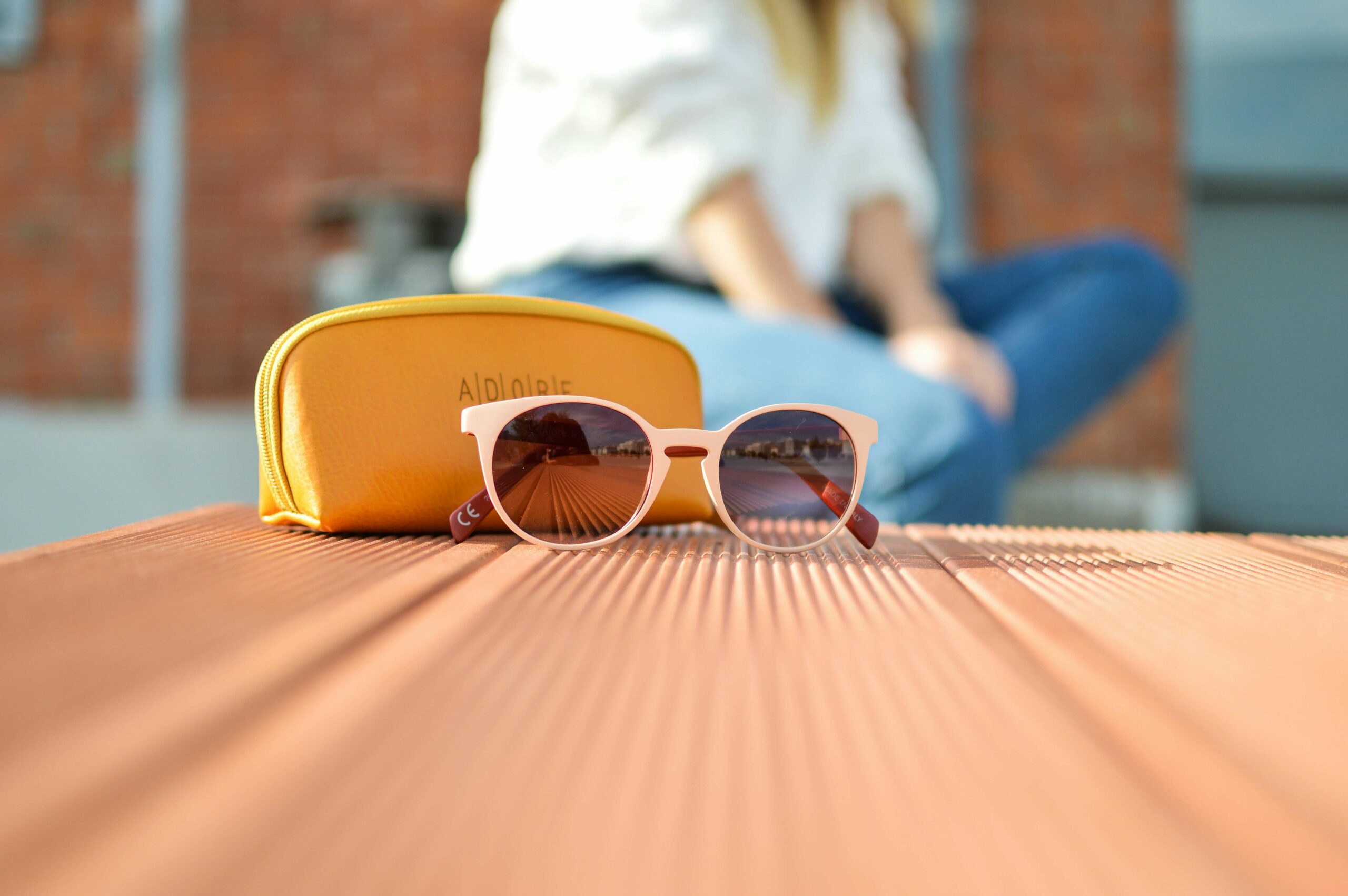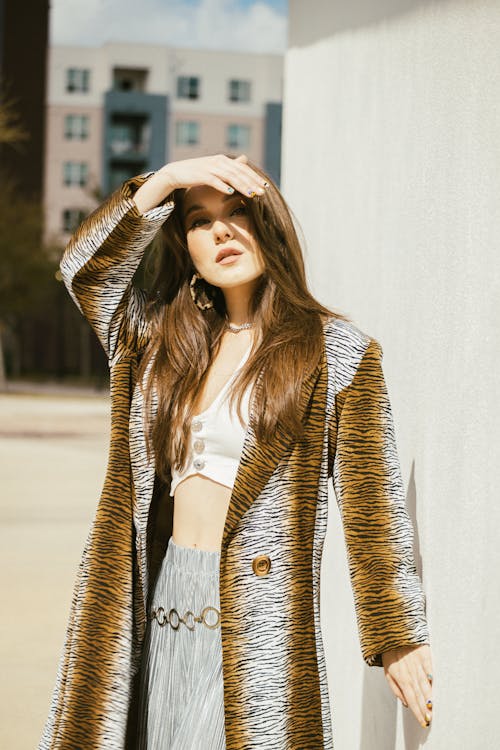There was a time when glasses were only worn by people who truly needed them to see. In recent years, we’ve seen non-prescription glasses become a staple in fashion. They’re popular on runways, magazine editorials, and fashion blogs. But when did glasses go from a necessity for some to a trendy accessory?
Prescription glasses were once considered un-cool
As recently as the 1980’s, everyone who needed glasses was basically wearing the same pair: clunky silver frames and oversized lenses. for both everyday life and popular media, people who wore glasses were considered “geeks” or “nerds.”
In shows like The Twilight Zone, characters who wore glasses were serious, uptight, and highly educated. It became a stereotype that people who needed glasses were very into their studies and had bad social lives. In some anecdotes, people would refuse to wear glasses because of the stigma of “nerdiness” that surrounded them.
Shifting trends
Around the turn of the century, the stigma began to fade away. The popularity of disposable contact lenses turned glasses into a deliberate choice rather than a medical necessity. Glasses have always been associated with intelligence, and with the rise of the internet and modern computer culture, it suddenly became cool to be smart.
Rising sub-cultures
Beginning around 2010, a new sub-culture was emerging – hipsters. These people enjoyed folksy acoustic music and hanging out in coffee shops and bookstores. They defined their look with classic black-framed glasses.
Some people would just take the lenses out of regular glasses and wear the frames. Somewhere along the way, non-prescription glasses started to pop up in stores and online. It was becoming fashionable to need glasses, or to at least pretend that you do.
Now they’re a worldwide phenomenon
Non-prescription glasses are everywhere today. In the last decade, they started being marketed to women, men, and even children. Fashion magazines like Vogue and Seventeen began running editorials around these glasses, giving tips on picking out a pair and what kind of outfits to wear them with.
Non-prescription glasses are even popping up on the runways. While designers decide the look to go with their new collection, their models wear glasses to diversify their style.
The new way they’re made
The demand for frames as a fashion accessory has fundamentally changed the way they’re produced. The market is becoming more aware of the inflated price of glasses in comparison to their cost to make. This means cheaper frames in a greater variety of styles and accessible fashion for every outfit.
What should we make of this?
To people who have needed glasses their whole lives, and might have grown up with negative stigmas, this trend could easily seem to be patronizing. But when you take a moment to think about why it’s happening, the answer comes into sight. They’re after the look Psychology Today says attributes to greater perceptions of intelligence, honesty, and trustworthiness. Glasses-wearing people can rest content knowing that their imitation is actually a form of flattery.





